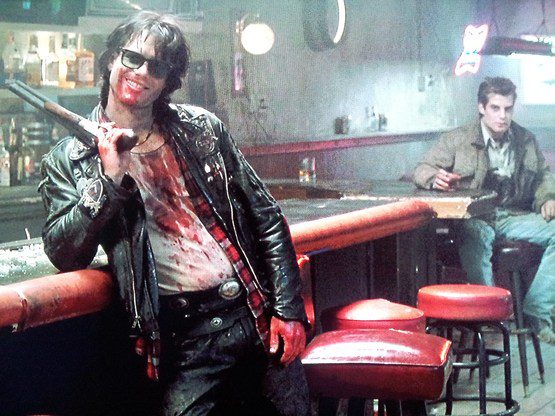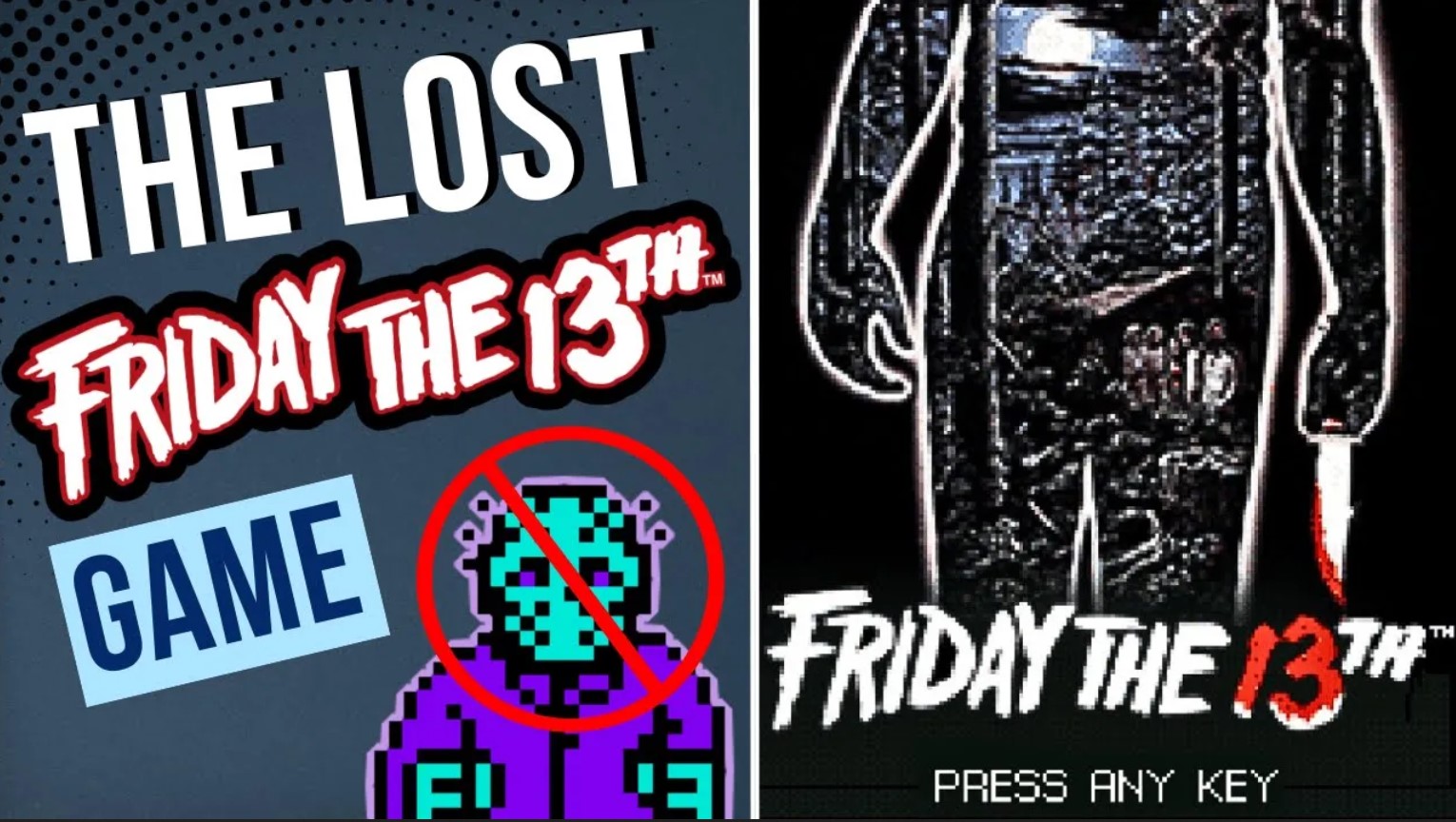“The night has its price.”
It’s not very trenchant to point out that some movies are cool. Cool isn’t the same as good, and a movie can be both, or one, or neither. Citizen Kane is good, but not cool; Treasure of the Sierra Madre is both, as is Repo Man; Leon the Professional is cool, but not good. Near Dark is both. A neo-Western that replaces outlaws with vampires should be way campier than it is; the success of the movie is almost entirely due to its director and co-writer, Kathryn Bigelow, who takes the same critical eye towards machismo and masculinity that she did in her debut, The Loveless. That this film is so difficult to see is a tragedy (as of this writing, it’s only on Shudder for eight more days). Beyond being as compulsively watchable as it is, Near Dark proves Bigelow’s bona fides as one of the preeminent directors of genre.
The case has been made, by better writers than myself, that Taxi Driver is in many ways a riff on John Ford’s The Searchers. Add Near Dark to that list. All three films show someone attempting to rescue a person who may or may not want to be rescued. In this case, that person is Caleb Colton (Adrian Pasdar), a small-town cowboy – well, shitkicker is probably the more accurate term. He sets eyes on Mae (Jennifer Wright), and their flirtatious banter is so on the nose as to be laughable in a lesser film, but here it achieves something close to the verbal sparring you’d see in a film noir or screwball comedy. He comes up to her as she’s eating an ice cream cone:
“Can I have a bite?”
“Bite?”
“I’m dyin’ for a cone.”
“Dyin’?”
This is the closest the film comes to saying the word vampire. It’s playful and seductive, and you can almost see the nervous energy coming off of the actors. Pasdar was 22 while filming Near Dark, and Wright was 25. There’s an innocence and a guilelessness to both of them, especially Wright, which is doubly impressive considering she’s playing an immortal vampire (albeit one who has managed to hold on to her humanity). Their initial interactions are fraught: she spooks his horse (“Horses just don’t like me”), and he says he won’t take her home until she gives him a kiss, unknowingly endangering her life. They kiss and she winds up biting him. Near Dark combines eroticism and bodily destruction in a way that presages David Cronenberg’s Crash. Mae runs off, leaving Caleb clutching his bleeding neck, musing, “Sure was some kiss.” That’s putting it lightly.
You can see where this is going. In short order Caleb is abducted by Mae’s band of not-so-merry outlaws, who really seem to presage a similar roving gang of blood suckers in Stephen King’s Doctor Sleep. The outlaws’ names are on the nose in a good way; we have Jesse (as in James) and Homer (as in Van Meter). It’s in Near Dark‘s ensemble that the film really shines. Bigelow was married to James Cameron at this time, and several key players in her ensemble were brought over directly from Aliens, with their camaraderie already established (we also get a glimpse of a marquee advertising Aliens showing in a theater). Jenette Goldstein is a bit underserved in her role (but at least this time she’s thankfully not playing a Latinx character), but Lance Henriksen and Bill Paxton absolutely kill it. Henriksen goes small and Paxton goes big, and they firmly establish not only their Western archetypes but also their characters: Henriksen (playing Jesse) is the group’s taciturn leader, a vampire so old that he fought in the Civil War; Paxton (as Severin) is the reckless, showy gunslinger. They both give the film’s most confrontational, terrifying performances.
Near Dark is a violent, bloody film, but artistically so. Bigelow has little interest in the lurid or prurient; she seeks instead to dismantle the notion that the toughest guy in the room is the manliest. (Again, echoes of The Loveless.) Nowhere is this better evinced than in the film’s bravura centerpiece, an agonizingly long tableau of violence in a roadhouse. Where most directors might aim for shock or even humor, Bigelow settles for creeping dread, as the group of vampires systematically kill everyone in the bar. Severin alone kills three men, and Paxton’s face – blood-smeared, hidden behind sunglasses, all atop a huge smile – has become an iconic image of ’80s horror. The sequence lasts as long as it should, and as long as it needs to, offering no titillation or catharsis; the bloodbath spills over into the next day, as the police come to the group’s motel room and a shootout ensues. Violence begets violence, and no one’s hands are clean. What better way to illustrate that than through murderous creatures hundreds of years old?
Violence comes for Caleb, too. It’s how he’s inculcated into the ways of being undead, and killing someone is seen as his last test of worthiness. When he fails this, he has to redeem himself during the shootout. He’s consistently threatened with violence, or has it visited upon him. Severin even uses him as a human shield after getting into a fight with a redneck (“I’m trying to teach the boy something,” he sneers). When Caleb fights back and sends the other man sprawling, he dazedly asks, “Did I do that?” He’s become a different person now. Mae tries to tell him that killing shouldn’t be thought of as a murderous act, but rather an instinctual one. When identity and violence are inextricably linked, Near Dark tells us, we become beasts. Look at Severin in the road house. That’s not a human.
This would all be a dull morality play if the film weren’t so fundamentally alive. We’ve discussed the performances, but the cinematography by Adam Greenberg, coupled with the beautiful synth-driven score by Tangerine Dream (bringing the same sense of alienation and menace that they did to Thief and Sorcerer) elevate Near Dark to art. There were two big vampire movies to come out in 1987. Watch Near Dark – wherever and however you can – and compare the two. The Lost Boys could never.






